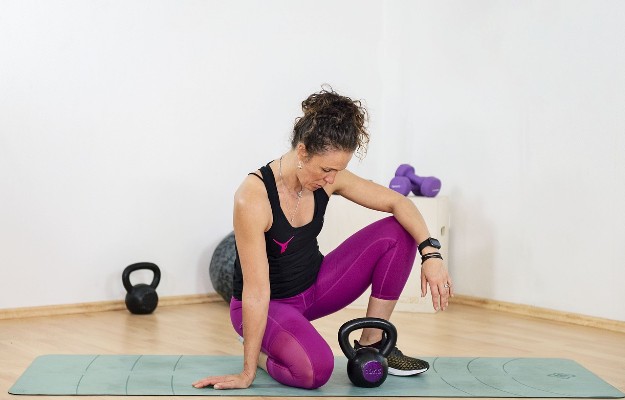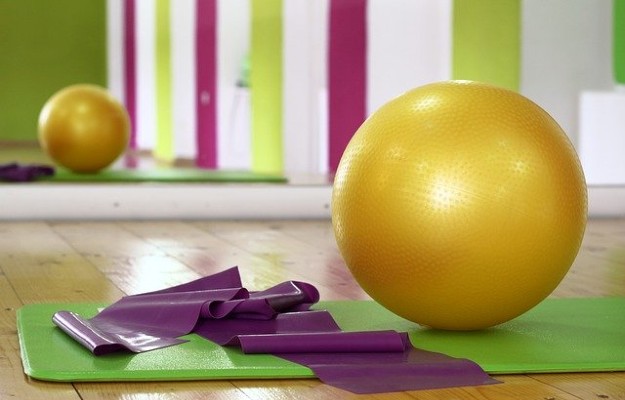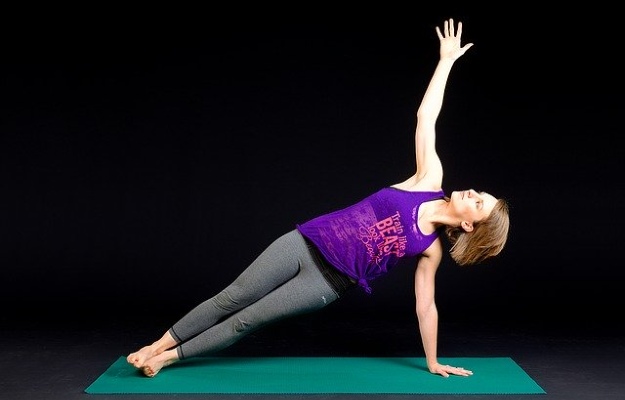Pulling your entire bodyweight with just your arms above a bar can be a challenge. A large majority of people may not be able to do it when they have a go at it the first time. Gym workouts, however, tailor your expectations and make you stronger by focusing on other exercises that can help you with the ones you are relatively weaker at.
The lat pulldown is one such exercise that trains you to develop stronger arms and back muscles for you to be able to perform pull-ups better. Performed on a specific machine built for the exercise, it can train all the muscles you can during a pull-up with an easier movement, and not having to pick your own body weight up.
The latissimus dorsi muscles have come to be known as the 'lats', which are the large muscles in your upper back in the shape of a V, which connect your arms to the spine, hence the name: lat pulldown. Mimicking the motion of the pull-up using either grip but while seated and pulling down external weights allows you to build strength towards more intense workouts.
Well-defined back muscles add to the overall posture and appearance of a structured physique. However, like any other exercise, a lat pulldown also must be performed with the right technique and posture to avoid workout injuries.

































